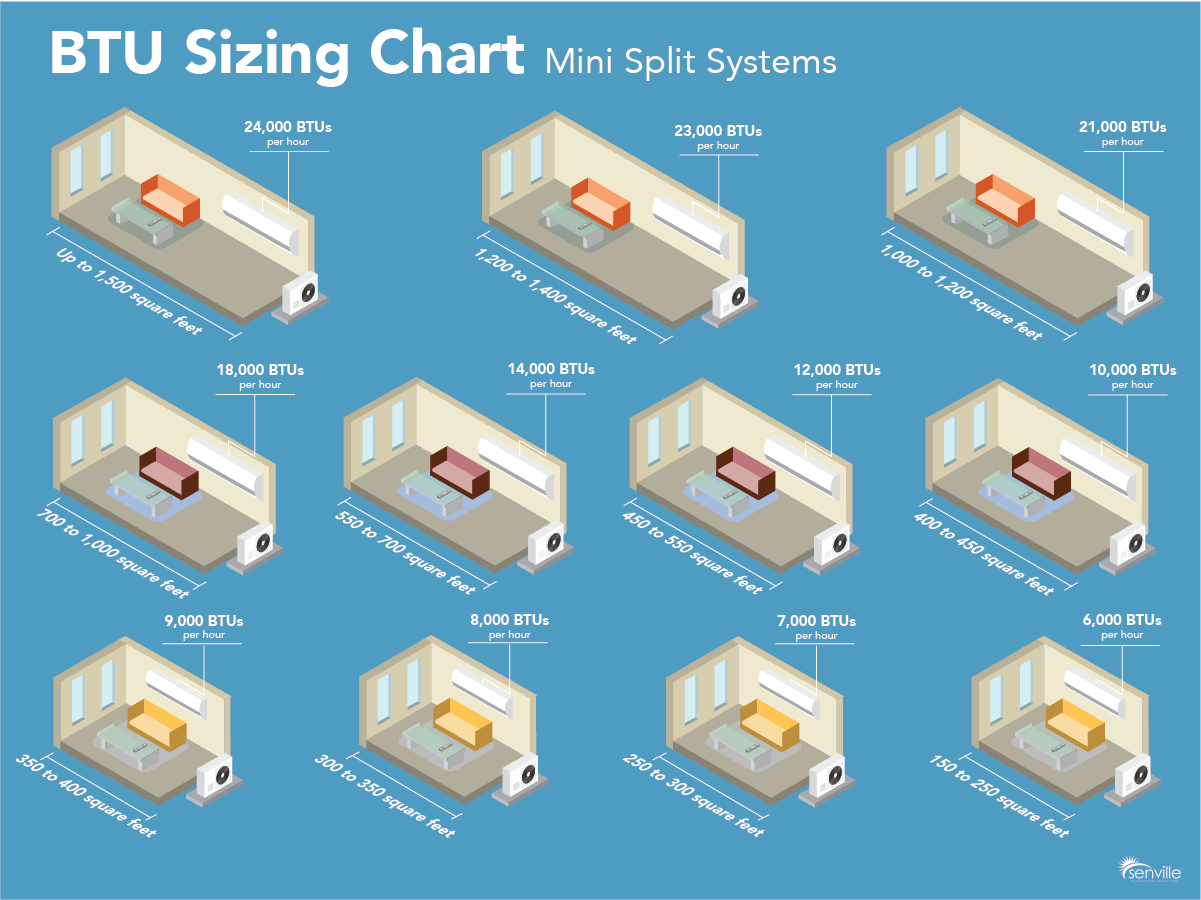

- #Sizing hvac unit calculator install#
- #Sizing hvac unit calculator manual#
- #Sizing hvac unit calculator free#
Therefore, to ensure there’s adequate airflow for both cooling and heating, use the high-end threshold of 400 CFM when referencing a duct sizing chart CFM resource. Heating season airflow requires approximately 65 percent of the airflow needed for cooling.

NOTE: The average airflow output in cooling mode is between 350 and 400 CFM. For a 2-ton HVAC unit, the equipment CFM totals 800. Multiply the tonnage required (that you just calculated above) by 400 CFM, which is the average output of an HVAC unit. To use the duct CFM calculator, you must next calculate the equipment’s estimated airflow in CFM. If you get an uneven number, such as 2.33 for a 28,000 BTU load capacity, round up to a 2.5-ton unit. One ton equals 12,000 BTUs, so if a house or office needs 24,000 BTUs, it will take a 2-ton HVAC unit. To calculate the required equipment size, divide the HVAC load for the entire building by 12,000. You also must determine which size of HVAC equipment will work best to meet the energy demands for the space, based on your whole-home or whole-office HVAC load calculations.
#Sizing hvac unit calculator free#
Use the free ServiceTitan HVAC Load Calculator to figure the exact amount of BTUs per hour each room requires for sufficient heating and cooling, as well as the load capacity required for the entire house or building.
#Sizing hvac unit calculator manual#
To calculate the duct CFM for each room, you must first perform an HVAC load calculation for the whole house and for each room, using the Manual J method. It’s important to do room-by-room calculations, otherwise temperatures will likely measure uneven throughout the house or office. You must find the duct CFM of each room to figure out the size of air ducts to install. Determining Air Duct Sizing by Velocity of AirĪir velocity, or airflow, gets measured in cubic feet per minute (CFM) and is directly proportional to the size of ductwork. For rooms that aren’t perfectly square or rectangular, such as an L-shaped space, split the room into sections and total the area of each section. So, if a room measures 10-by-10 feet, the total area equals 100 square feet. You can also refer to a building’s blueprint, zoning drawings on file with the local planning office, or a recent real estate listing for the space, if available. To calculate the area of a rectangular or square room, simply multiply the length and width of the room. Figure Square Footage of SpacesĪ duct sizing chart relies foremost on the square footage of a home or office space-but, more importantly, the size of each individual room within the building. Save time on the job and do less manual math by using our free, online ServiceTitan Ductulator to easily calculate the right size duct for your projects.īelow we walk through the various formulas you will need to compute, and enter into the duct calculator. Free Online Ductulator ToolĪ duct size calculator, commonly known as a ductulator, depends on factors like the size of the space you’re heating or cooling, air flow velocity, friction loss, and available static pressure of the HVAC system. None of those scenarios result in happy customers after they’ve paid big bucks for a new, more efficient HVAC system or upgraded ductwork. Incorrect duct size can also cause inadequate airflow to certain areas and produce unwelcome noise. Using the wrong size duct for the space can prematurely wear out HVAC components and will likely increase customers’ energy expenses. To check for accurate measurements, many techs rely on HVAC duct sizing calculator free tools, such as a ductulator.
#Sizing hvac unit calculator install#
Too large or too small HVAC ductwork sizing can cause problems similar to what happens when technicians install an improperly sized HVAC unit.


 0 kommentar(er)
0 kommentar(er)
